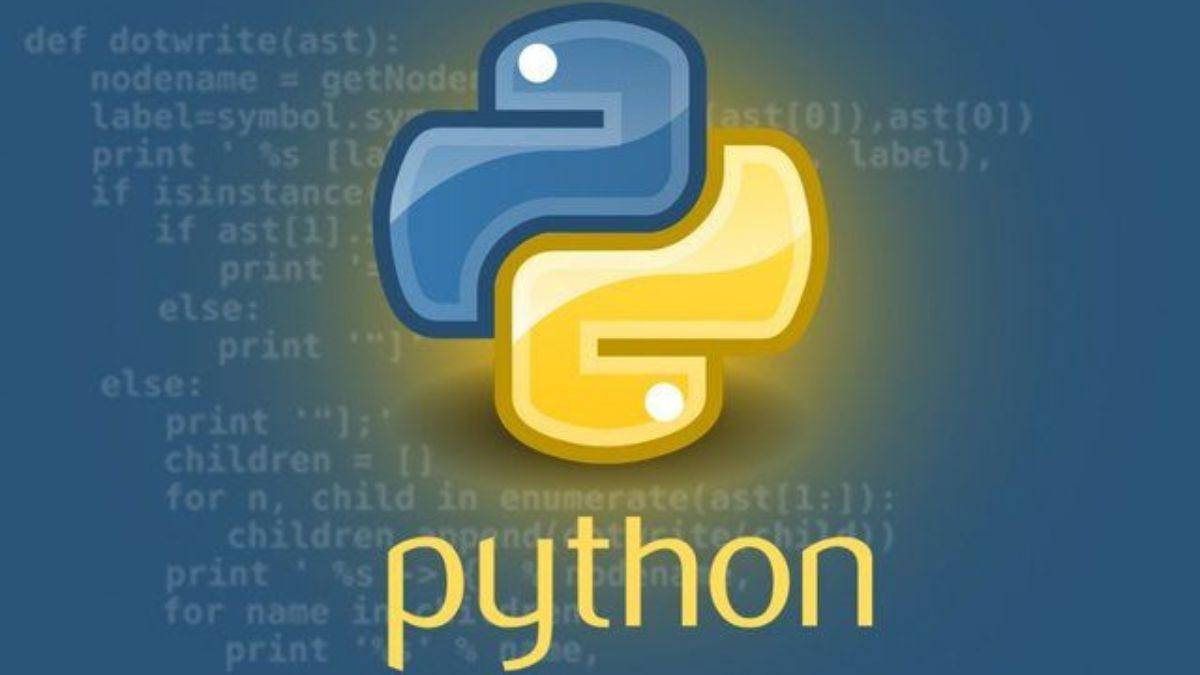Become An Instructor

Let’s dive into creating a classic number guessing game! This project is a fantastic way to apply fundamental programming concepts like variables, conditionals, loops, and user input/output. The goal is to build an interactive game where the computer selects a random number, and the player tries to guess it, receiving hints along the way to guide them. By the end, you’ll have a fun, functional game and a deeper understanding of how these programming pieces work together.
Project Overview
In the number guessing game, the computer will:
- Generate a random number within a specified range (e.g., 1 to 100).
- Prompt the user to input a guess.
- Provide feedback on whether the guess is too high, too low, or correct.
- Keep track of the number of attempts.
- Continue looping until the user guesses the correct number or chooses to quit.
- Optionally, allow the user to play multiple rounds.
This project will help you practice:
- Variables: To store the random number, user guesses, and attempt count.
- Conditionals: To check if the guess is correct, too high, or too low.
- Loops: To keep the game running until the correct guess is made or the user quits.
- Input/Output: To interact with the user by reading their guesses and displaying hints.
Step-by-Step Plan
Let’s break down how to build this game in a programming language like Python. If you have a preferred language, let me know, and I can tailor the explanation! For now, I’ll outline the logic and then provide a Python example.
- Generate a Random Number:
- Use a random number generator to pick a number within a defined range (e.g., 1 to 100).
- Store this number in a variable for comparison with user guesses.
- Set Up the Game Loop:
- Create a loop that continues until the user guesses correctly or decides to exit.
- Initialize a variable to track the number of attempts.
- Get User Input:
- Prompt the user to enter a guess.
- Validate the input to ensure it’s a number within the allowed range.
- Provide Feedback:
- Compare the user’s guess to the random number.
- Use conditionals to tell the user if their guess is too high, too low, or correct.
- If the guess is correct, display a victory message and the number of attempts.
- Add Replay Option:
- Ask the user if they want to play again.
- If yes, generate a new random number and reset the attempt counter.
Example Implementation in Python
Here’s a complete Python program for the number guessing game. This code incorporates all the elements above and includes input validation and a replay option.
import random
def number_guessing_game():
# Define the range for the random number
lower_bound = 1
upper_bound = 100
# Game loop for playing multiple rounds
while True:
# Generate a random number
secret_number = random.randint(lower_bound, upper_bound)
attempts = 0
print(f"\nWelcome to the Number Guessing Game!")
print(f"I'm thinking of a number between {lower_bound} and {upper_bound}.")
# Inner loop for guessing
while True:
# Get user input
try:
guess = int(input("Enter your guess: "))
attempts += 1
# Validate input range
if guess < lower_bound or guess > upper_bound:
print(f"Please enter a number between {lower_bound} and {upper_bound}.")
continue
# Check the guess
if guess < secret_number:
print("Too low! Try again.")
elif guess > secret_number:
print("Too high! Try again.")
else:
print(f"Congratulations! You've guessed the number {secret_number} in {attempts} attempts!")
break
except ValueError:
print("Invalid input! Please enter a valid number.")
# Ask to play again
play_again = input("\nDo you want to play again? (yes/no): ").lower()
if play_again != 'yes':
print("Thanks for playing! Goodbye!")
break
# Start the game
number_guessing_game()How It Works
- Random Number: The random.randint() function generates a number between 1 and 100.
- Attempts Counter: Tracks how many guesses the user makes.
- Input Validation: The try/except block ensures the user enters a valid number, and the range check ensures it’s between 1 and 100.
- Feedback: Conditionals (if/elif/else) compare the guess to the secret number and provide appropriate hints.
- Replay Option: After a successful guess, the user can choose to play again, triggering a new random number and resetting the attempts.
Enhancements to Try
Once you’ve got the basic game working, you can add features to make it more engaging:
- Limit Attempts: Set a maximum number of guesses (e.g., 10) and end the game if the user runs out.
- Difficulty Levels: Let the user choose a range (e.g., 1–50 for easy, 1–100 for medium, 1–1000 for hard).
- Score Tracking: Keep track of the best score (fewest attempts) across multiple rounds.
- Hints: Provide additional hints, like whether the guess is “close” (e.g., within 10 of the secret number).
- Graphical Interface: Use a library like Tkinter (Python) or a web framework to create a GUI version.
Learning Outcomes
By building this game, you’ll:
- Gain confidence using variables to store and update data.
- Understand how conditionals control program flow based on user input.
- Master loops to create interactive, repeating behavior.
- Practice handling user input and validating it to prevent errors.
- See how modular code (like a game loop) makes programs reusable and organized.
